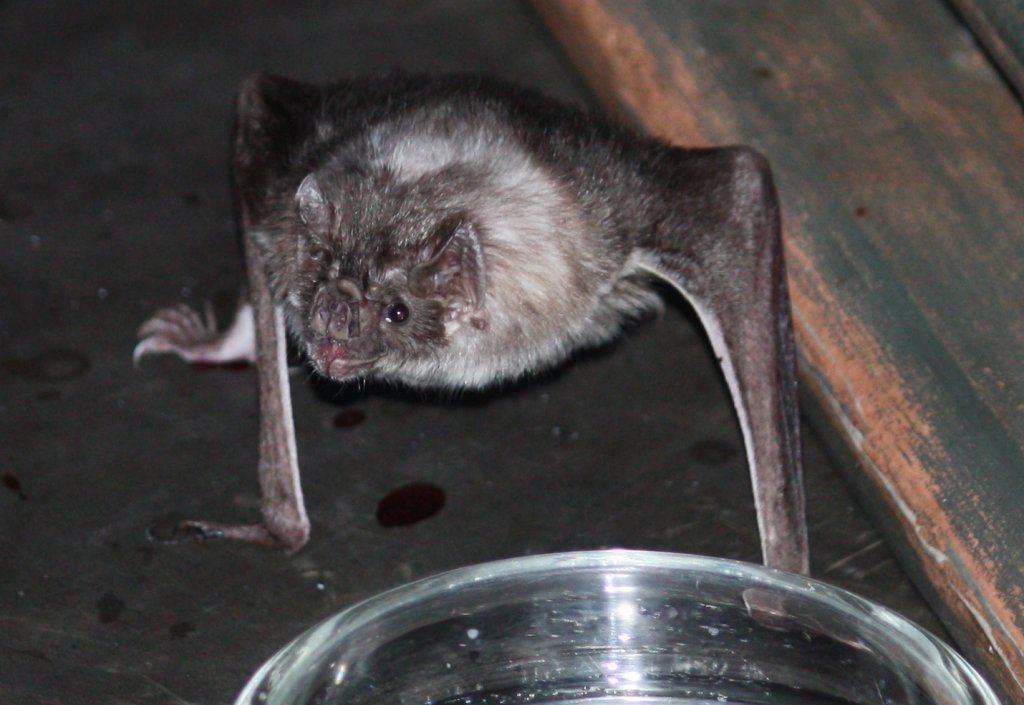

On April 4, 1951, a Navy inductee burst into the Naval Hospital in Philadelphia, blood gushing from his nose, doubled over in pain. There was no trauma, but the soon-to-be sailor could barely walk and was covered in blood. The doctors began to suspect poison was the culprit – and they were right. The name of the would-be recruit was not recorded in the literature, but he was slated to join the Army during the Korean War. But he soon regretted his decision and tried to shirk his duties by shuffling off his mortal coil. His preferred method of self-inhumation was poison: rat poison.

The man had been so desperate not to deploy that he would rather have offed himself with rat poison. Eventually, while taking the load of rat poison he thought it would require to kill an adult male, his senses returned to him, and he decided that would not be the best course of action. It took him more than four days to realize that rat poison wasn’t going to kill him, but it was going to be a very painful experience. That’s when he went to the hospital.
How did he manage to survive a dose of poison that should have easily killed its intended target? The toxic substance he used was Warfarin, an agent derived from a notorious poison affecting livestock. Warfarin decreases the body’s ability to clot blood, and the colorless, odorless substance is used to kill rats and vampire bats by forcing internal bleeding.
Warfarin is in the powerful family of anticoagulants found accidentally by farmers who wondered why their livestock suddenly bled to death after eating slightly spoiled sweet clover. It turns out mold can reprogram a certain chemical in the clover. While the anticoagulant kills animals, it keeps humans from clotting in seriously life-threatening situations, like surgery and World War II – which is exactly how the substances in the clover were first used.
Researchers at the Wisconsin Alumni Research Foundation derived more versions of the anticoagulants based on the chemical in sweet clover. One of them proved mighty useful in killing rats. That compound was dubbed “warfarin.” While America began to use it in pest control substances, researchers kept testing its blood-related properties. So when the sailor stumbled into the hospital with a belly full of Warfarin, the team was able to reverse the effect by dosing him with Vitamin K.

And now that there was a tested, effective antidote, the team could go to work researching the effects on Warfarin on humans. On top of preventing fatal blood clots throughout the human body, they found the drug could restore blood flow in stroke victims. The FDA soon approved its use for treating blood clots. But the true test came after President Dwight D. Eisenhower had a heart attack.
He was in Denver in 1955 visiting friends and family when he suffered the attack. Doctors were concerned that errant blood clots throughout his body could soon cause a stroke, killing or incapacitating the 34th President. They gave him the newly-approved Warfarin, saving the President’s life and allowing him to serve two terms in the White House.

Because one depressed would-be sailor attempted suicide using rat poison and doctors were able to give him an antidote, thousands of tests were able to be conducted on the efficacy of the dangerous drug. Warfarin has since saved countless cardiovascular patients in the United States and abroad, including the man that led the United States into its mid-20th Century Golden Age.
